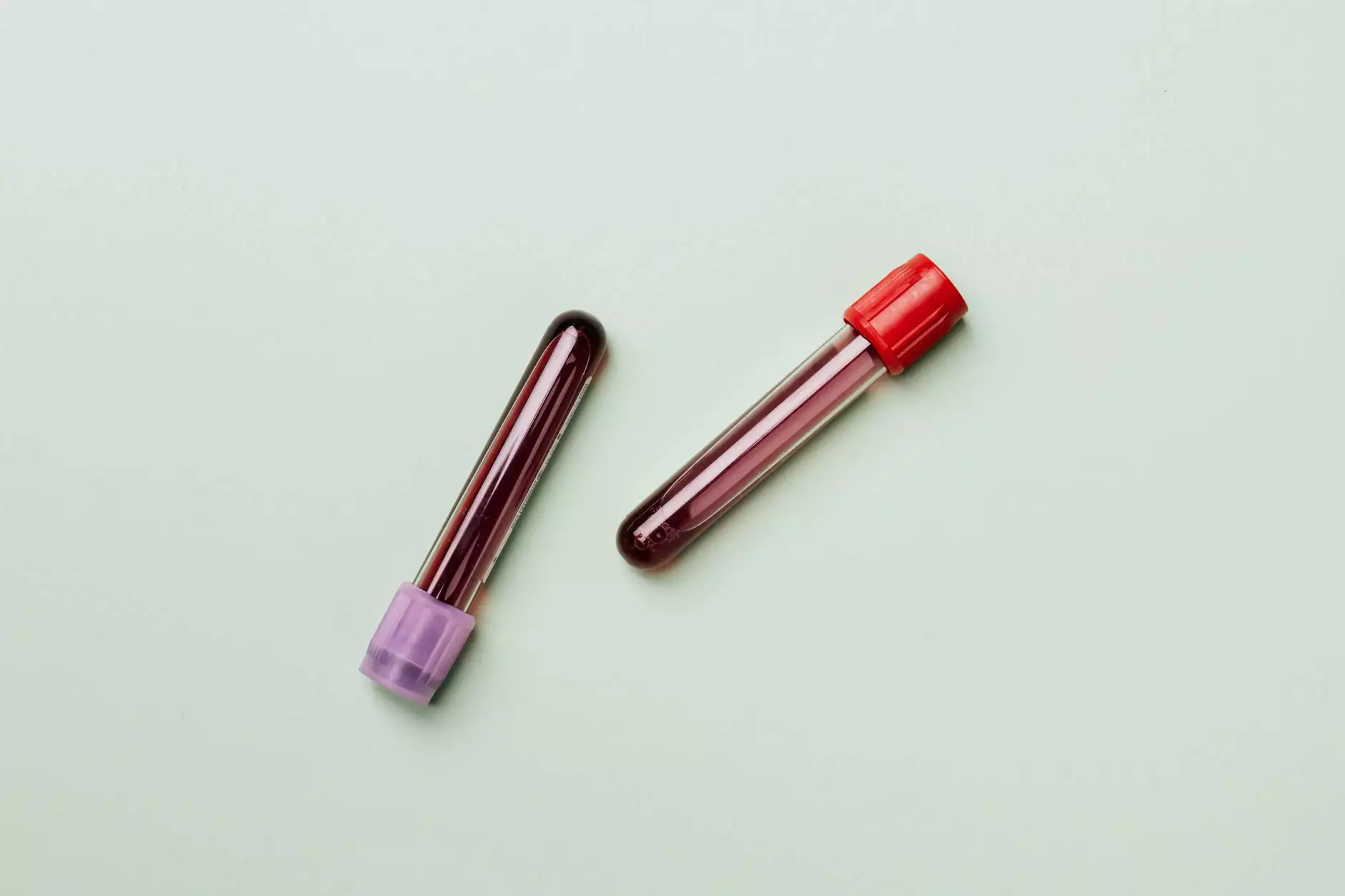Understanding the Signs of a Blood Clot in Your Leg

What is a Blood Clot?
A blood clot is a gel-like mass formed from blood cells, platelets, and fibrin, a protein that helps the blood to clot. Clots are a natural part of our body's mechanism to stop bleeding when an injury occurs. However, sometimes, they can form unprompted in the veins, leading to serious health issues.
When a blood clot develops in the veins of the legs, it can cause significant concerns, particularly if it detaches and travels to the lungs, resulting in a pulmonary embolism. This situation emphasizes the importance of understanding the signs of a blood clot in your leg.
Understanding Deep Vein Thrombosis (DVT)
Deep vein thrombosis (DVT) occurs when a blood clot forms in a deep vein, typically in the legs. Factors contributing to DVT can include prolonged immobilization, surgery, certain medical conditions, and lifestyle choices. Understanding the condition is crucial in recognizing its signs and symptoms.
Common Symptoms of Blood Clots in the Legs
Recognizing the signs of a blood clot in your leg can be lifesaving. Not all clots produce symptoms, but many can exhibit the following:
- Swelling: One of the most notable signs is swelling in one leg, which may be accompanied by a feeling of heaviness.
- Pain: The pain often resembles cramping or soreness in the affected leg, typically starting in the calf.
- Skin Changes: The skin over the clot may appear discolored, developing a reddish or bluish tint.
- Warmth: The affected leg may feel warm to the touch compared to the other leg.
- Enlarged veins: Surface veins might appear more prominent as the clot blocks blood flow through the deeper veins.
Potential Complications of Untreated Clots
Ignoring the signs of a blood clot in your leg can lead to serious complications, including:
- Pulmonary Embolism: This occurs if the clot breaks free and travels to the lungs, blocking a pulmonary artery.
- Post-Thrombotic Syndrome: Some individuals may experience chronic pain, swelling, and discomfort after a clot has been resolved.
- Leg Ulcers: Over time, DVT can lead to skin ulcers or sores due to poor blood circulation.
Timely diagnosis and management of a blood clot are crucial to mitigating such risks.
Who is at Risk for Developing Blood Clots?
Numerous factors increase the likelihood of developing clots. Understanding these can help individuals take preventative measures:
- Age: Individuals over 60 are at greater risk due to reduced mobility and other health factors.
- Medical Conditions: Conditions such as cancer, heart disease, and genetic clotting disorders can make clots more likely.
- Immobility: Long periods of inactivity, such as long-haul flights or bed rest, increase risk of clot formation.
- Obesity: Excess weight contributes to a higher risk due to increased pressure on the veins.
- Hormone Replacement Therapy: Certain hormonal treatments can elevate clot risks, especially in women.
Prevention: How to Reduce Your Risk
Preventing blood clots is essential. Here are some effective measures:
- Stay Active: Regular physical activity promotes good circulation and reduces clot risk.
- Hydrate: Staying properly hydrated keeps blood thin and reduces the risk of clustering.
- Avoid Prolonged Immobility: For long trips, take time to stretch and move around.
- Wear Compression Stockings: These can help improve circulation in those at higher risk.
- Follow Medical Advice: If you’re prescribed anticoagulants or have other recommendations from your healthcare provider, adhere to them closely.
What to Do If You Notice Symptoms
If you experience any symptoms or signs of a blood clot, it’s crucial to seek medical attention promptly. Early intervention may include:
- Diagnostic Tests: Your doctor may recommend an ultrasound or other imaging tests to confirm the presence of a clot.
- Medication: Anticoagulants are commonly prescribed to prevent the clot from growing and to reduce the possibility of new clots forming.
- Lifestyle Changes: Alongside medical intervention, adopting healthier habits will support your overall vascular health.
Frequently Asked Questions
1. Can blood clots dissolve on their own?
In some cases, small clots can dissolve without treatment, but larger clots can pose significant risks without proper management.
2. How is a blood clot diagnosed?
Diagnosis may involve physical examinations, medical history evaluations, and imaging tests such as Doppler ultrasound.
3. Are there natural remedies for prevention?
While nothing replaces medical advice, maintaining a healthy diet, regular exercise, and staying hydrated can support vein health.
Conclusion
Understanding the signs of a blood clot in your leg is vital for your health. By recognizing the symptoms early and taking preventive measures, you can significantly reduce the risks associated with blood clots. If you suspect a clot, do not hesitate to consult a healthcare professional immediately. Your prompt action can save your life and prevent severe complications.
For more information on vascular health, consider visiting Truffles Vein Specialists.









